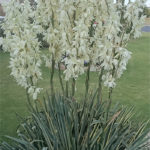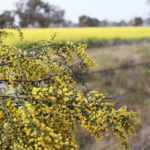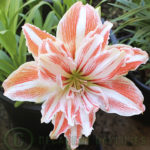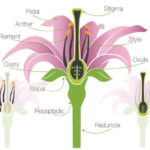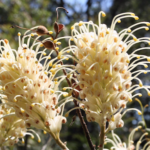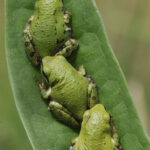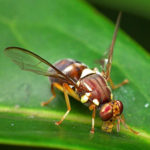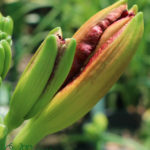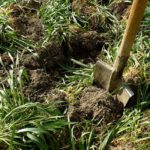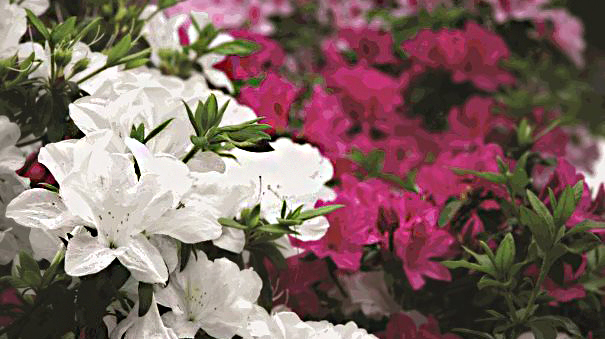
Azaleas- Keeping Azaleas Healthy
Azaleas Learn How to Grow and Care for Them

Azaleas are one of the most colourful flowers producing shrubs. The colour of the flowers proudly display colours from white to pink, red, purple multicoloured. They produce flowers from autumn to spring and are ideal plants to grow in shady areas or to grow in pots. Azalea variety varies from delicate and small shrubs to large hardy plants. They can be easily grown in any garden to add colour to the garden, if provided with the right conditions to grow. There are two flowering types, the standard single flowered hardy plants and the double flowered one called hose and hose. Azaleas are more attractive when you have that spot to fill, planted alone. However, they can be mass planted in larger areas.
General growing conditions
Azaleas do not like hot sun and will definitely grow better in semi-shaded areas or areas receiving morning sun. Exposure to full sun may burn the leaves. Heavy shade can retard the growth and may result in poor blooming. Azaleas love soil rich in litter and hence grow best under the trees where there is leaf mulched acidic soil. If the soil is alkaline, it is necessary to acidify the soil by adding peat moss or cow manure or by using any acidifying tonic. The soil pH should be 5.5 to 6. Growing in pots will help in having good control over the Azalea plants. This plant has shallow roots and to protect the roots from drying out, you should always keep a layer of organic mulch over the roots.
Pruning
Pruning Azaleas helps to give a more compact appearance to the plant and it promotes bushier growth. Pruning should be done immediately after flowering ceases. Trimming back the branches after flowering has fizzled out, this will ensure beautiful blooms in the following spring.
Planting in pots
When planting Azaleas in pots or containers, select large pots and fill it with special potting mixture. Placing broken pieces of pots at the bottom of the pot will ensure good drainage. Do not plant Azalea too deeply and make sure that the soil is stuffed well to prevent the exposure of the roots. Water the plant well after planting. Always take care to avoid overwatering or under watering the plant.
Feeding Azaleas
Amending the soil with compost while planting Azaleas and adding mulch will provide the necessary nutrients for the plants. Potted plants require a light application of soluble fertiliser once in a month. Nitrogen deficiency can cause greenish-yellow leaves and stunted growth. Fertilising using organic matter is done in late spring to early fall/Autumn.
Diseases and pests
There are different pests and diseases that affect the growth and flowering of Azaleas. Lace bugs and spider mites target the shrubs and leaves. Petal blight is a fungal attack which turns the flower petals to brown in colour. Spraying fungicide helps to control the disease.
Other common diseases are leaf spots and root rot. Placing the plants in well drained areas and applying mulch will reduce the problems.
Azalea varieties
The deciduous varieties of Azalea like bright-pink rose shell Azalea are hardiest. Variety called ‘Joseph Hill’ is used as a ground cover as they grow only to a height of one foot. The white-blooming sweet Azaleas are tall and can to reach a height of 20 feet.


